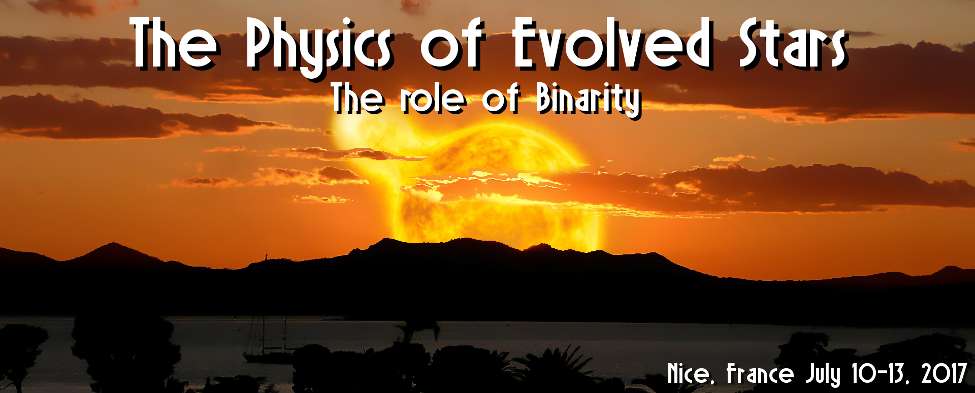Type Ia supernovae (SNe Ia) are explosions of carbon-oxygen white dwarfs (WDs) that accrete mass from a binary companion, either an other WD (double-degenerate scenario, DD) or a non-degenerate star (single-degenerate scenario, SD).
Most population-synthesis (PS) models find that the impact of asymptotic giant branch (AGB) stars on the SNe-Ia rate is marginal. First, because Roche-lobe overflow from AGB donor stars is mostly unstable, AGB stars are not efficient donors in the SD channel. Second, in the DD scenario only AGB stars in a narrow range of separations form WDs in such a close orbit that the two WDs merge within a Hubble time.
However, most PS models assume isotropic winds and inefficient wind accretion, as predicted by the canonical Bondi-Hoyle model. In contrast, recent hydrodynamical simulations show that AGB winds can be efficiently accreted by their companions, and that the ejected material may carry a large amount of angular momentum, shrinking the orbit significantly.
I will describe the impact of these two effects, high wind-accretion efficiency and angular-momentum loss, on the SNe Ia rate, and discuss the role of AGB stars as SNe-Ia progenitors.
|


